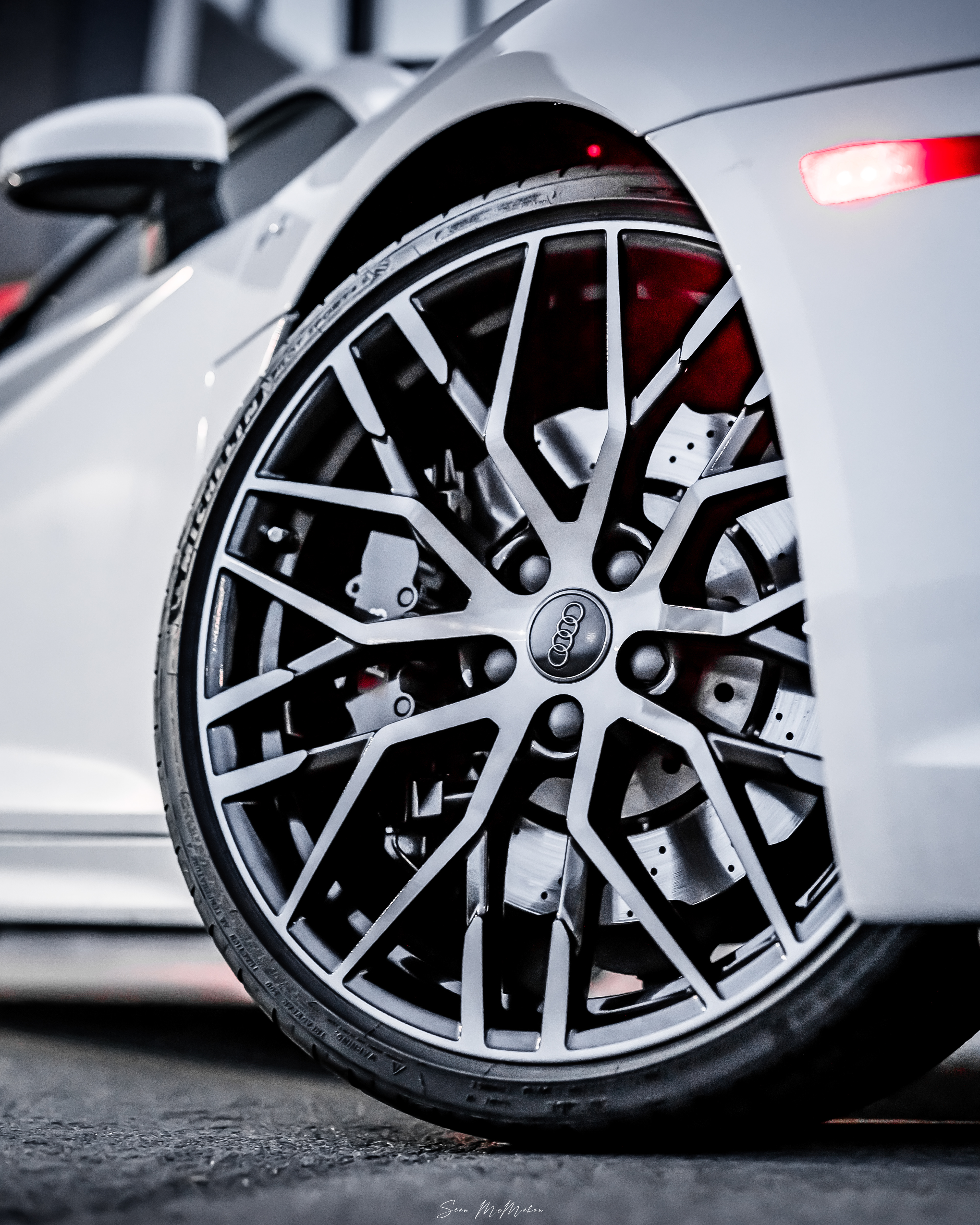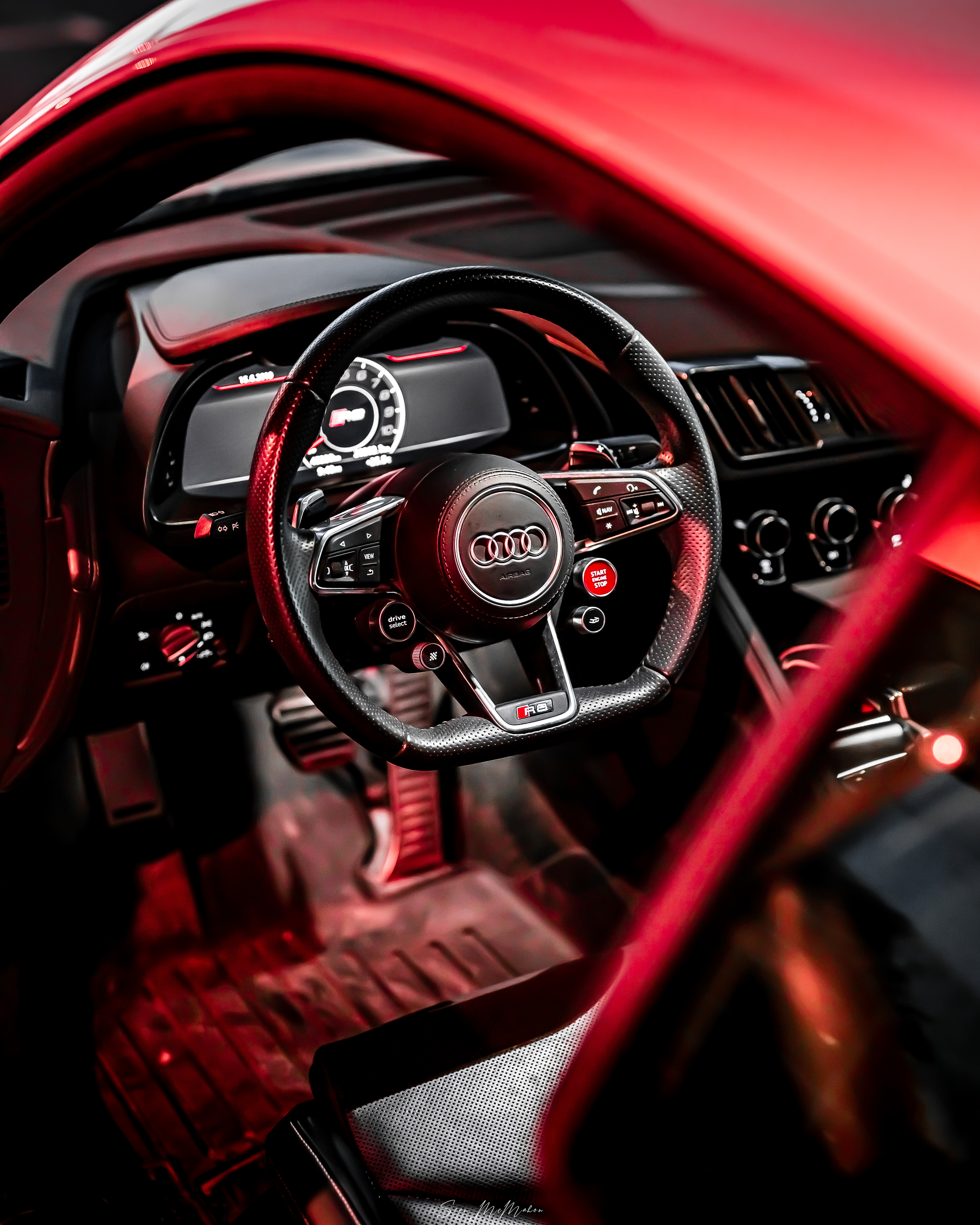Automotive Photography: Expert Tips for Beginners
Automotive photography is a unique blend of technical skill and creative vision. To capture stunning images of vehicles, one must understand not only the basics of photography but also the nuances of automotive design and presentation. In this comprehensive guide, we provide expert tips for beginners to excel in automotive photography, ensuring your work stands out and ranks high in search engines.
Understanding Automotive Photography
Automotive photography involves capturing the essence and aesthetics of vehicles. It's about highlighting the car's design, features, and personality. This requires a keen eye for detail, an understanding of lighting, and the ability to manipulate camera settings to achieve the desired effect.
Essential Equipment for Automotive Photography
Investing in the right equipment is crucial for producing high-quality automotive photographs. Here’s what you need:
- Camera: A DSLR or mirrorless camera with manual settings offers the flexibility needed for various shooting conditions.
- Lenses: Wide-angle lenses (24-70mm) are ideal for capturing the full scope of a vehicle, while telephoto lenses (70-200mm) are great for detailed shots.
- Tripod: Ensures stability and precision, especially for long exposure shots.
- Lighting: External flashes or continuous lights help illuminate the car, especially in low-light conditions.
- Polarizing Filter: Reduces reflections and enhances the car’s colors and details.
Choosing the Right Location
The location can significantly impact the overall aesthetic of your automotive photos. Consider the following factors:
- Background: A clean, uncluttered background ensures the focus remains on the car.
- Lighting Conditions: Natural light is preferable. Shoot during the golden hours (early morning or late afternoon) to avoid harsh shadows and achieve a warm, soft glow.
- Theme: Choose a location that complements the car’s character. For example, an urban setting for a modern sports car or a scenic landscape for a vintage model.
Composition Techniques
Effective composition is key to creating visually appealing automotive photos. Here are some techniques to consider:
- Rule of Thirds: Position the car along the lines or at the intersections of the grid to create a balanced and engaging composition.
- Leading Lines: Use natural or architectural lines to guide the viewer’s eye towards the car.
- Framing: Incorporate elements in the foreground or background to frame the car and add depth to the image.
- Reflections and Symmetry: Utilize reflective surfaces and symmetrical compositions to create striking visuals.
Mastering Lighting
Lighting can make or break an automotive photograph. Here’s how to get it right:
- Natural Light: Shoot during the golden hours for the best natural light. Avoid the midday sun, which can cause harsh shadows and highlights.
- Artificial Light: Use softboxes, diffusers, and reflectors to control and soften artificial light. Experiment with light placement to highlight the car’s contours and features.
- Night Photography: For dramatic night shots, use long exposures and additional light sources like streetlights or external flashes to illuminate the car.
Post-Processing Tips
Editing is a crucial step in automotive photography. Here’s how to enhance your photos in post-processing:
- Color Correction: Adjust the white balance, contrast, and saturation to achieve accurate and vibrant colors.
- Retouching: Remove any blemishes, reflections, or distractions to ensure a clean and polished image.
- Sharpening: Enhance the car’s details and edges to make the image pop.
- Filters and Effects: Apply filters and effects sparingly to add a unique touch without overwhelming the original image.



Common Mistakes to Avoid
Avoiding common pitfalls can significantly improve your automotive photography:
- Overexposure/Underexposure: Ensure proper exposure to avoid losing details in highlights or shadows.
- Ignoring Reflections: Pay attention to reflections that can detract from the car’s appearance.
- Poor Background Choices: Select backgrounds that complement, rather than distract from, the car.
- Neglecting the Details: Focus on the car’s details, such as the interior, wheels, and badges, to provide a comprehensive view.
By following these expert tips and techniques, beginners can master the art of automotive photography, capturing images that are both visually stunning and technically proficient. Whether you're photographing for personal enjoyment or professional use, these guidelines will help you create compelling automotive photographs that stand out in any portfolio.
